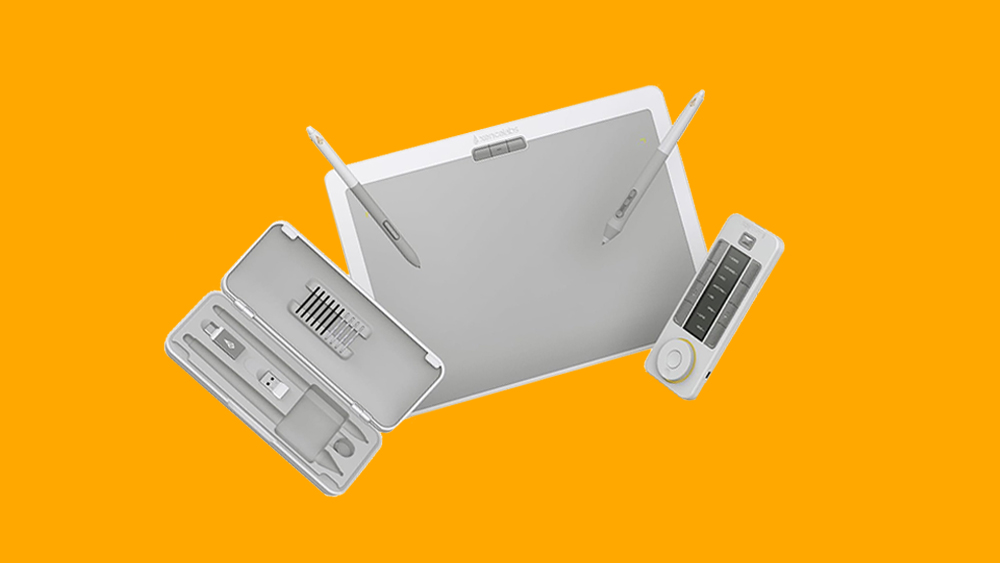The secrets of fulfilling a creative design brief
Learn why fulfilling a brief is about understanding your audience.
One of my tutors once told me that if he was locked up in prison for the rest of his life, with nothing but a pen and paper, he wouldn't write a thing, apart from maybe 'goodbye' just before he snuffed it. He said, "I'm not creative for the sake of it, I need a problem to solve. I need a brief."
But once he has one, he told me that he's relentless. Tirelessly trying to better the last idea, tearing through sketchbooks, filling walls, whatever it takes to solve the problem. Inspiring that kind of tenacity is the power of a good brief.

D&AD has just launched 16 such briefs for 2017's New Blood Awards, and to inspire you we've featured some of last year's Yellow Pencil-winning work here. These are dream briefs for household names, and have already been downloaded thousands of times by hungry young creatives ready to attack them.
What's more, they're written by practitioners in design and advertising, who work on client briefs day in, day out. I approached three of those people to ask their advice on how to approach a brief, to give you the best chance of cracking it. I started by asking a couple of basic questions: 'How do you define a brief?' and 'What is a brief for?'

Designer Craig Oldham says: "A brief serves as a written agreement for all to get behind and progress with. I always try to get close to the problem being solved, or figure out exactly what are we all trying to achieve."
Copywriter Vikki Ross adds: "I need to be inspired, excited. With a great brief, often I've come up with a concept or even the line before I've finished reading." The brief brings the problem into focus, provoking the creative with information on the brand. Havas creative director L.A Ronayne sums it up beautifully: "A brief is a selection of words that is both rocket launcher and safety net."

But before you can get firing, you need to truly understand the person who's going see and interact with your work: the audience.
Daily design news, reviews, how-tos and more, as picked by the editors.
Viewing advertising and design is like meeting a person at a party. You decide very quickly whether or not you like that person, and if not, you spot a long-lost friend across the room and keep moving.
For your work to connect with your audience, you need to respect them. "When the audience is written about in 'code', using terms like ABC1s, it takes the human element away," says Ross.

"In advertising, we're talking to real people so they should be brought to life in a brief; help me get to know them. Don't tell me what they are, tell me who they are."
Ronayne agrees, warning that sweeping generalisations about the whole gang can lead to cliché buzzword danger-land. So if the brief doesn't help you to understand who you're talking to, you need to do it yourself.
"My belief? If you want to know more about an audience, go and talk to them and make genuine, first-hand, empathic connections," says Oldham. "I think the anomalies are almost always filtered out [of a brief], which is a shame for me personally, as that might be where an insight is found."

That killer insight is often the seed of a great idea, but they're rarely handed to you: you have to go hunting. "I go to their store – perhaps even buy the product – and look at what their competitors are doing and saying," explains Ross.
Ronayne adds: "I would write down any initial ideas I get just reading the brief, so I'm ready to research with a clear head."
Try going to the brand's website and reading every word on every page. Make notes of any words and phrases you would like to use or come back to. Then look at similar organisations and see how they talk to their audience and what they say, to make sure anything you write stands out.
This differentiation can be tricky. So ask yourself this: what can I give to my audience? What do they care about? What are the big issues we're facing? How can I seek to weave that into my idea, to give it the hooks to grab people's attention?

There's a quote on the door of my office that says: "We have to design a new way to live on Earth, create new ways to live with each other and work out how we are going to live with technology. It's the brief of our lives."
I mean, could you name anything more crucial than that? How can your idea contribute to something bigger? That's the brief.
This article originally appeared in Computer Arts issue 261; buy it here!
Related articles:

Tom Manning is carpeing all the diems. Attempting not to make advertising as a junior creative at Havas London, he was also elected D&AD New Blood trustee in October 2016. In his spare time he makes, designs and codes fun things on the wild wild web. He wrote this bio himself, in the third person, to try and make it more legit.
